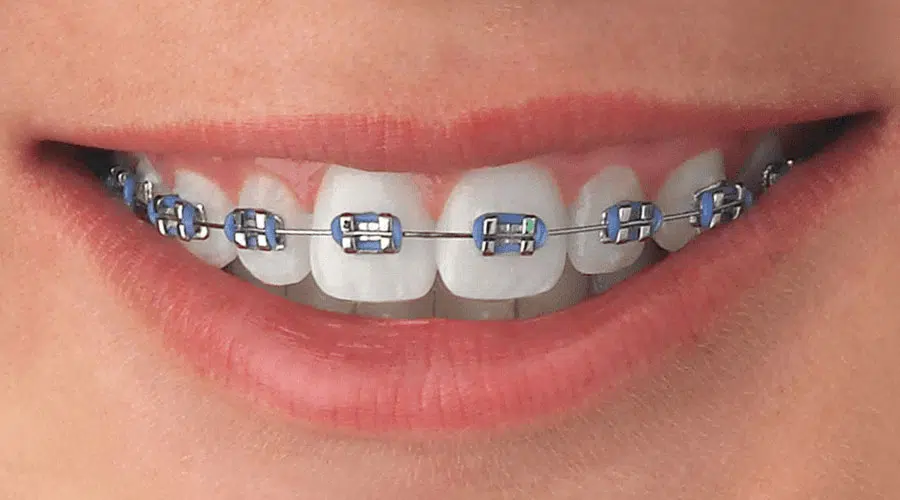Braces are a significant investment in both dental health and aesthetics, helping to correct misalignment, bite issues, and overcrowding. However, with the increasing demand for orthodontic treatments, many clinics and online providers offer budget-friendly alternatives that may seem appealing at first glance. While affordability is an important factor, opting for cheap braces can come with serious risks. If you are considering dental braces in Dubai, it’s crucial to understand whether low-cost options truly provide value or if they can lead to complications in the long run.
1. The Appeal of Cheap Braces:
Many people are drawn to inexpensive braces because they seem like an easy way to fix dental issues without a hefty price tag. Some clinics offer discounts, while online companies promote mail-order aligners as a cost-effective alternative to professional orthodontic care. While the initial savings may be attractive, the quality of materials, expertise of the provider, and overall effectiveness should be carefully evaluated.
2. Quality of Materials Used:
Traditional braces are made from medical-grade stainless steel or ceramic, ensuring durability and biocompatibility. Cheaper alternatives often use substandard materials that may break easily, cause irritation, or lead to allergic reactions. Poor-quality wires and brackets can also lose their effectiveness, resulting in longer treatment times and the need for frequent replacements.
3. Lack of Professional Supervision:
Orthodontic treatments require expert planning and continuous supervision to ensure proper tooth movement. Budget-friendly options, especially online aligners, often lack professional monitoring, leading to improper adjustments or missed warning signs of complications. Without an orthodontist overseeing progress, patients may experience misalignment, gum recession, or even damage to the jawbone.
4. Hidden Costs and Extended Treatment Time:
While cheap braces may seem affordable at first, hidden costs can arise due to additional adjustments, broken brackets, or unexpected complications. Poorly fitted braces often prolong treatment time, requiring more visits and added expenses in the long run. Investing in a reputable orthodontist from the start can prevent unnecessary delays and ensure a more predictable outcome.
5. Risks of DIY and Online Aligners:
Direct-to-consumer aligners have gained popularity as an inexpensive alternative to traditional braces. However, these treatments often rely on at-home impressions, which can be inaccurate and lead to ill-fitting aligners. Without in-person evaluations, there’s no way to assess jaw structure, root positioning, or underlying dental issues, increasing the risk of misaligned results.
6. Potential for Long-Term Dental Damage:
Poorly designed braces or unsupervised treatments can lead to severe consequences, including bite misalignment, tooth mobility, or enamel erosion. Incorrect force application can cause teeth to shift improperly, leading to a relapse that requires more extensive corrective treatment. In some cases, irreversible damage such as root resorption or jaw misalignment may occur.
7. The Importance of Customization:
Every patient’s dental structure is unique, requiring a customized treatment plan tailored to their specific needs. Cheap braces often lack personalized adjustments, resulting in ineffective tooth movement. A skilled orthodontist uses advanced diagnostics, such as digital scans and 3D imaging, to ensure precise alignment and optimal results.
8. Comparing Affordable vs. Low-Quality Braces:
Affordable orthodontic options exist without compromising quality. Some clinics offer flexible payment plans, insurance coverage, or installment options to make professional treatments accessible. The key difference between affordable and low-quality braces is the standard of care provided. Choosing a reputable clinic ensures that cost-effective solutions still prioritize safety and effectiveness.
9. How to Identify a Reputable Orthodontist:
Selecting the right orthodontist is essential for successful treatment. Look for professionals with recognized credentials, positive patient reviews, and a proven track record in orthodontic care. A reliable specialist will conduct thorough evaluations, discuss treatment options transparently, and provide ongoing monitoring to ensure the best results.
10. Making the Right Investment:
While cost is a major factor in choosing braces, prioritizing quality and professional supervision is crucial for long-term success. Investing in properly designed braces from a trusted provider not only ensures a healthier smile but also prevents costly corrections in the future. Rather than focusing solely on price, consider the expertise, materials, and overall treatment experience when making your decision.
Final Thoughts:
Cheap braces may offer short-term savings, but the potential risks far outweigh the benefits. Poor-quality materials, lack of supervision, and improper treatment planning can lead to serious dental complications, requiring additional interventions later. If you are looking for safe and effective dental braces in Dubai, consulting a qualified orthodontist ensures a reliable, customized treatment plan that delivers lasting results without unnecessary risks.

